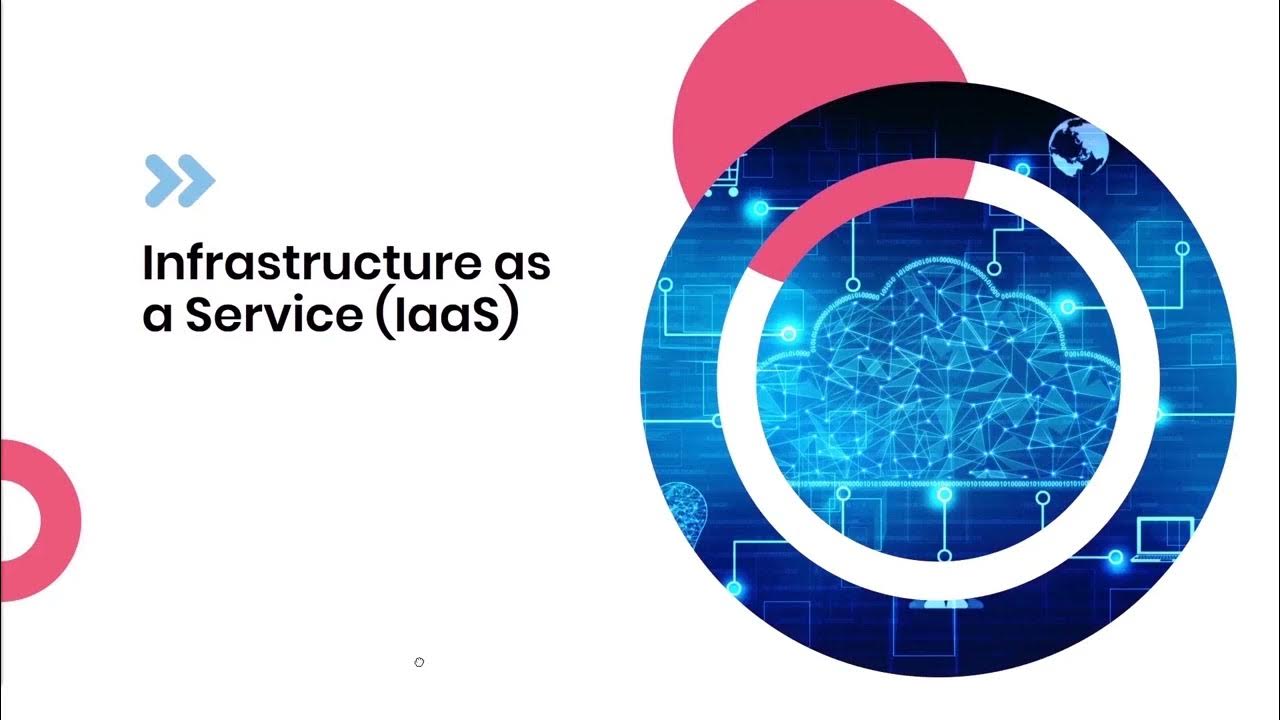Service Operations
Summary
TLDRThis lecture delves into the nuances of service operations, highlighting the significant role services play in modern economies. It contrasts services with products through four key characteristics: intangibility, inseparability, heterogeneity, and perishability. The lecture introduces the concept of a product-service continuum, emphasizing the blend of products and services in reality. It also explores service archetypes and the importance of customer involvement in service processes, termed 'co-production.' The distinction between back-office and front-office operations is clarified, with examples provided to illustrate these concepts, aiming to enhance understanding of service management.
Takeaways
- 🌟 Services are a dominant sector in industrialized countries, often accounting for over 80% of GDP.
- 🔍 Services vary widely, from teaching to banking, each with unique processes but analyzable using similar improvement methods.
- ✋ Traditionally, services differ from products in four key ways: intangibility, inseparability, heterogeneity, and perishability.
- 🤝 In services, the customer is often part of the production process, leading to 'co-production' of the service experience.
- 🕒 Services are time-restricted and cannot be stored, emphasizing the importance of quality at the point of delivery.
- 🧩 The line between manufacturing and services is blurred, with many industries offering a mix of products and services.
- 📊 The Product-service continuum illustrates the spectrum from pure products like raw materials to pure services like education.
- 🏢 Services can be categorized into six types: Business-to-business, Business-to-consumer, Internal, Public, Not-for-profit, and Consumer-to-consumer.
- 👥 The SIPOC model in services highlights the customer as a crucial input and part of the service process.
- 🏠 Back office and front office operations are key concepts, with the latter being more visible and critical to the customer experience.
- 🔄 The ability to shift activities between back and front office operations can impact both costs and service quality.
Q & A
What is the significance of services in industrialized countries?
-Services are hugely important in industrialized countries as they are now service economies where the majority of people work in the tertiary sector, and services often account for more than 80% of a country's gross domestic product.
How can service jobs be similar despite their differences?
-Although service jobs like teaching, flying, banking, gardening, and others are different, they can all be broken down into processes and analyzed with similar improvement methods used in production management.
What are the four key characteristics that differentiate services from products?
-The four key characteristics are intangibility, inseparability, heterogeneity, and perishability. Intangibility means services cannot be held or touched but can be experienced. Inseparability indicates that production and consumption of services occur simultaneously. Heterogeneity suggests that each service experience can be different. Perishability means services cannot be stored and are time-restricted.
Why is the customer's presence important in service processes?
-The customer is often an integrated part of the service process, making them a participant in the production and consumption. This is due to the inseparability characteristic, where the service is produced and consumed at the same time.
What is the implication of services being equal to the process?
-When the product is equal to the process in services, there are limited chances to correct quality problems before delivery, which has significant implications for capacity management and emphasizes the importance of frontline employees.
How does the development of IT blur the lines between manufacturing and services?
-The development of IT has made the boundaries between manufacturing and services more blurred, leading to a more fruitful discussion about service-intensiveness versus manufacturing-intensiveness rather than a strict separation between products and services.
What is the Product-service continuum and why is it important?
-The Product-service continuum is a concept that recognizes the mix of products and services in practice, with pure products at one end, like raw materials, and pure services at the other, like education. It highlights that most industries involve a mix of both.
What are the six types of services mentioned in the script?
-The six types of services are Business-to-business services, Business-to-consumer services, Internal services, Public services, Not-for-profit services, and Consumer-to-consumer services.
How does the SIPOC model differ for services compared to manufacturing?
-In services, the customer is often a part of the process, making them an input and sometimes even a supplier. This contrasts with manufacturing where the customer is typically not part of the production process.
What is the difference between back office and front office service operations?
-Back office operations are those parts of the service process that do not require customer presence and can be more standardized. Front office operations are customer-facing and are essential for the service experience, requiring careful planning and maintenance.
Why are frontline employees crucial for a service company?
-Frontline employees are crucial because they directly interact with customers during the service delivery, which is often an integral part of the service process. Their performance can significantly impact customer satisfaction and the success of the service.
Outlines

このセクションは有料ユーザー限定です。 アクセスするには、アップグレードをお願いします。
今すぐアップグレードMindmap

このセクションは有料ユーザー限定です。 アクセスするには、アップグレードをお願いします。
今すぐアップグレードKeywords

このセクションは有料ユーザー限定です。 アクセスするには、アップグレードをお願いします。
今すぐアップグレードHighlights

このセクションは有料ユーザー限定です。 アクセスするには、アップグレードをお願いします。
今すぐアップグレードTranscripts

このセクションは有料ユーザー限定です。 アクセスするには、アップグレードをお願いします。
今すぐアップグレード5.0 / 5 (0 votes)






